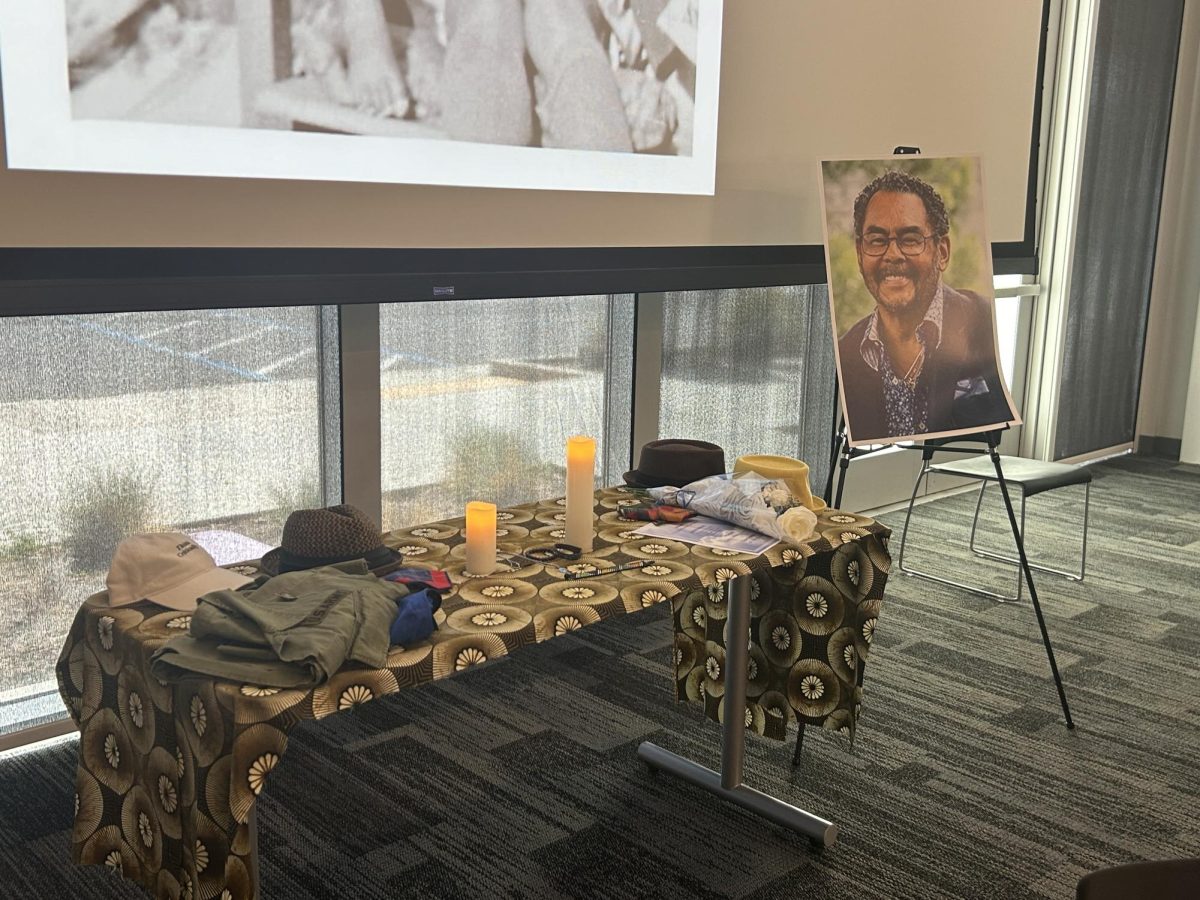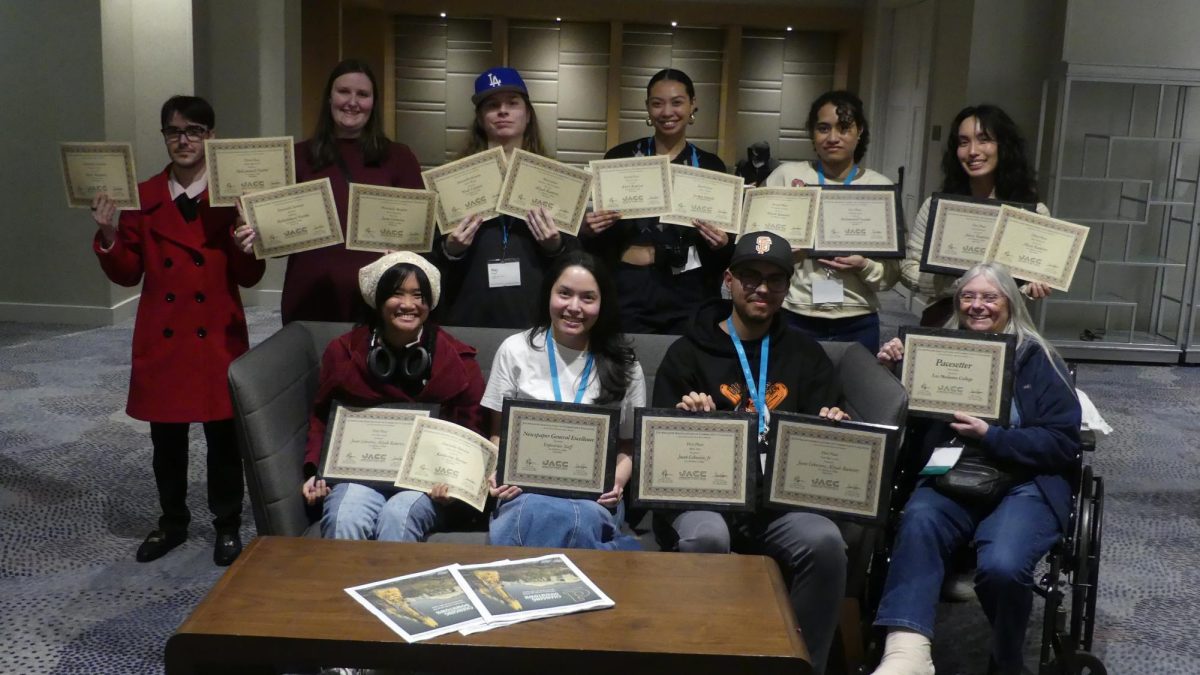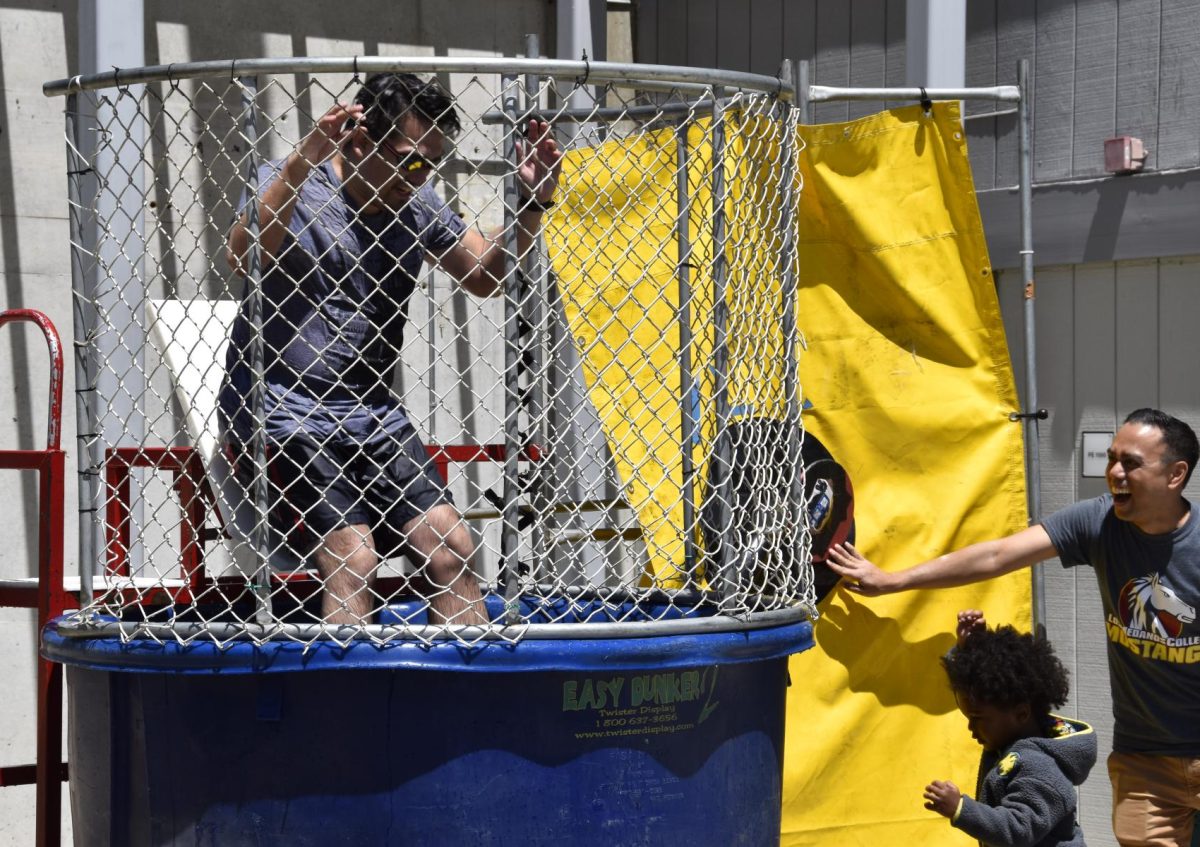Los Medanos College boasts a diversity of students, faculty and staff that can lend itself to a dynamic learning environment. However, this strength can also potentially give rise to interpersonal strife. The LMC Student Code of Conduct has been created to help avoid conflicts from occurring within the student body. However, not all the students who attend LMC are aware this document exists.
LMC student Michael Kinstchen said he knew there was a Student Code of Conduct because he came across it on the college website when he was first looking into the school. But Denise Cano, who is in her first semester, had not yet learned the college had one. To Kinstchen it is important that LMC has a code of conduct because it creates a reference point. “It kind of sets a standard you can expect all students to abide by,” said
Kinstchen. His thoughts coincide with those of the Senior Dean of Instruction Richard Livingston, who has assumed responsibilities at the Contra Costa Community College District. To Livingston the code creates a framework that helps establish educational processes at LMC.
“The code of conduct is simply designed to ensure that instructors can teach and students can learn. LMC is committed to creating and maintaining a positive learning environment,” said Livingston. Dean of Student Development, Blass Guerrero, shared many of these same sentiments. “It allows our instructors to focus on teaching and imparting knowledge, and not worry about behavioral issues or disruptions that could interfere with the teaching or educational process,” said Guerrero. “Because bottom line, the student code of conduct was designed and implemented to benefit students because over 50 percent of violations are student-on-student breaches of conduct.”
Guerrero offered an example of how the code can impact a student. One LMC professor with a strict no-cell phone policy asked a student to leave the classroom when the student’s phone rang. The student, Guerrero explained, felt singled out and believed the policy was unfair. Guerrero became involved in the situation after the student responded with vulgarity to the teacher’s request and was referred to the dean’s office.
To understand the overall issue at play, the code must be examined in detail. For this particular student, a warning came in the form of the teacher explaining his cell phone policy to the class. The basis for the student being asked to leave the course fell under the code’s third article “Grounds for Disciplinary Action.” The fifth point reads: “Obstruction or disruption of teaching or of the District’s educational processes, administrative process, disciplinary procedures or other District functions and activities, on or off District property.”
The teacher deemed the cell phone going off to be a classroom disturbance and since the student had been previously warned, became subject to a Disciplinary Action, outlined under article four of the code. In this instance the action taken fell under removal: “Removal of a student from class by an instructor or with the assistance of Police Services, if necessary.” An additional stipulation that could be required of the student or in lieu of class removal is reminiscent of a time out. “Projects and assignments may include educational projects, service to the college, and other related discretionary assignments.”
The student was required to meet with Guerrero for violating the sixth point listed under Grounds for Disciplinary Action: “Disruptive or abusive behavior, such as verbal harassment, habitual profanity, or vulgarity, physical abuse, intimidation, hazing or stalking of any member of the college community.” Guerrero explained the student eventually came to a self-realization. “At first the student felt targeted and that the policy was unfair until I explained that the cell phone going off disrupted the instructor’s ability to teach,” said Guerrero. “The student apologized to the instructor for their behavior. I think the student realized that in college there is a different standard of behavior and the sense of embarrassment that was experienced was not as important to the overall instructional value for the whole class.”
Numerous teachers on campus have strict cell phone policies.
To counter the disruptive nature of phones some instructors have enlisted Guerrero’s help in developing their policies. Drama Instructor Nick Garcia who began working at LMC at the same time as Guerrero is one of the teachers who worked with the dean to develop his cell phone policy. “When I first started teaching at LMC, I was far more lenient and as a result had students constantly either texting or disrupting class with their ringing phones. The phones not only were a distraction to the student, but all of the students around them and also to the instructor,” said Garcia. “Once a cell phone goes off it takes at least five minutes to get the class back on track. College costs a lot of money and people are paying to learn. Wasted time is wasted money for students. The cell phone policy was adopted to protect those who are serious about their education.”
Not all instructors at LMC adopt policies like Garcia’s. Professor Janice Townsend employs what might be considered a lighter touch. “It happens,” said Townsend. “Usually, the student apologizes for the disruption and either silences their phone or leaves the class to have the conversation and then returns. The classroom belongs to everyone (the students and the professor). Respect is important on both sides.” If the student does not apologize or step outside, or continues to distract with a phone application, Townsend becomes more proactive in her disciplinary approach.
“If I notice them using their phone it is probably distracting others, so usually I walk on over and say that to them and ask them to put it away,” said Townsend. “I do ask that students not have their phones out during class, but I understand that is hard for them and that some students may have a situation going on where they would need to briefly check their phone.” She elaborated on her classroom policy: “We have a class understanding of no conversations — with other students, on the phone, or texting — are appropriate during class time unless we are doing group work and then, of course, face-to-face conversations about the subject is desired.”
One reason Townsend gave for not adopting a stricter cell phone policy is that the improper use of technology is not an issue reserved to students. “I have been in numerous meetings this semester where faculty are texting, or phones go off. I am not going to demand something from students that we don’t even do ourselves,” said Townsend.
For Garcia, cell phone policy is not something that he applies only to his students. “I hold myself to the same standard that I hold all of my students in every class I teach. If my phone goes off, the class will stop and everyone will be dismissed and I will go home and write a two-page paper that I will read out loud to the class before the class resumes.” Some students may argue that, in certain instances, a cell phones are necessary so appropriate individuals can be reached in case of emergencies.
Garcia recommends instead that students make use of the Contra Costa Community College District’s Police Services, which will either send police aides or officers to find students in class if there is an emergency. To use this service students should inform whoever may need to reach them in case of an emergency that the number to dial is 439-2181 ext 3228. To expedite the process their Student ID number can be given although the police can look up student’s schedules. However, department regulations require that it either be an actual emergency or a death in the family, and not a simple reminder.
To Garcia the arrival of officers or aides triggers a much different response than a cell phone will. “If this happens not only will the student be excused, I will check on them and work with them to accommodate their circumstances,” said Garcia. Livingston and Guerrero both expressed an understanding that circumstances can conspire to create friction between students and professors and there are steps students can take to help alleviate concern.
“If a student has a problem with an instructor their first step should be to talk with that instructor,” said Livingston. “I understand that can be a difficult conversation because students feel that instructors have a right to grade them.” If speaking with the instructor does not resolve the issue then students have a right to speak to the department chair, which in some instances may be the same professor so they may need to proceed to the next step, which is speaking with a dean. For behavioral issues, students should speak with Guerrero.
For matters of instruction, they should contact the office of instruction. One example of when deans may be needed in an issue between a student and an instructor is if the professor dropped the student from their class. If a student did not wish to be dropped they can request reinstatement to the class and if the instructor did not agree to this the student would then proceed with either speaking to the department chair or dean.”
Similarly, if students feel harassed or disrespected, they may file a formal complaint, which Guerrero said could be done at the Student Life Office, located in a portable near the Child Development Center. The complete Student Code of Conduct can be found at losmedanos.edu in the A to Z index near the top right of the college’s homepage, under “S” for Student Code of Conduct.
Guerrero said students who would like a hard copy of the code can pick one up from his office, Room CC2-252, on the second level of the college’s complex building near the stairs leading to the cafeteria. If the number of students who have made their way to Livingston’s former office with grievances are any indication, then student satisfaction at LMC is high. “Overall we have an excellent faculty and I get very few complaints,” said Livingston.
May lead teachers to take disciplinary action
September 20, 2012






